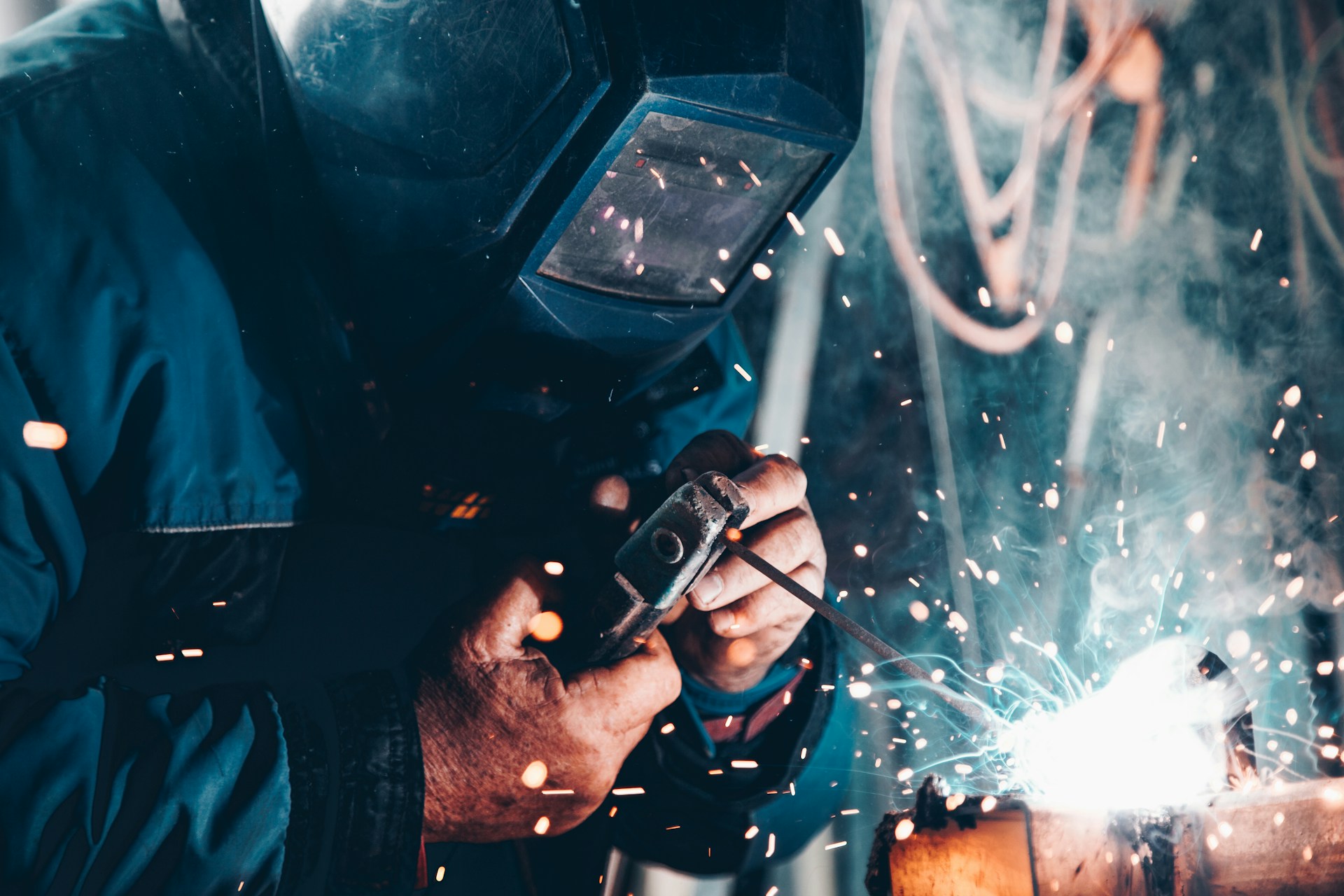Leadership Under Pressure: How to Foster a Safety-First Work Culture
Leadership Under Pressure is a critical aspect of managing teams in high-risk environments like construction. Construction is the second deadliest occupation in the U.S., highlighting the immense responsibility of property owners and employers to ensure workers’ safety. However, many property owners do not personally manage construction projects in many large-scale construction sites. Therefore, they must lead by creating a work culture that prioritizes safety.
Who is Responsible for Worker Safety in Construction?
In the construction industry, worker safety is a shared responsibility. Property owners, employers, and contractors all play vital roles. According to the Occupational Safety and Health Administration (OSHA), employers must provide a safe workplace and comply with OSHA standards. This includes ensuring that safety measures and standards are followed and that workers are trained to recognize and avoid unsafe conditions.
Property owners must also ensure that the hired contractors are competent and adhere to safety regulations. This is a collaborative effort in which everyone involved in a project must commit to maintaining a safe working environment. Effective leadership in this context means fostering a culture of safety where every stakeholder understands their role and responsibilities.
How Can a Construction Business Owner Lead on Safety?
For a construction business owner, leading on safety starts with strict compliance with standards and regulations and requires proactive measures and communication with all contractors and workers to create a safety-first culture. This includes implementing comprehensive safety programs, conducting regular training sessions, and ensuring that all safety equipment is up to standard.
Effective leadership in safety also means being visible and engaged. Business owners should regularly visit job sites, participate in safety meetings, and listen to workers’ concerns. By doing so, they demonstrate their commitment to safety and inspire their teams to prioritize it as well. Leadership skills are needed to set the tone and communicate to all workers that their safety will be a priority for the construction project.
Who is the Safety Supervisor?
The safety supervisor plays a crucial role in ensuring that safety protocols are followed on construction sites. They are responsible for identifying potential hazards, conducting safety inspections, and ensuring that all workers are trained in safety procedures. To be effective, safety supervisors must undergo rigorous training, including OSHA certification courses, first aid and CPR training, and other industry-specific safety programs.
Their role also involves continuously monitoring the work environment, addressing any safety issues that arise, and ensuring compliance with all regulatory requirements. Leadership in high-stress situations often falls on the shoulders of safety supervisors, making their role indispensable in maintaining a safe worksite.
What Safety Protocols Should Be Followed in Construction?
Construction sites must follow all of OHA’s construction standards and local regulations and develop their own safety protocols to prevent accidents. Key protocols include:
- Hazard Communication: Ensuring that all workers are informed about potential hazards through proper labeling, safety data sheets, and training.
- Personal Protective Equipment (PPE): Mandating the use of PPE such as helmets, gloves, goggles, and high-visibility clothing.
- Fall Protection: Implementing measures like guardrails, safety nets, and harness systems to prevent falls from heights.
- Equipment Safety: Regularly inspecting and maintaining all equipment and machinery to make sure they are in proper working condition.
- Site Safety Plans: Developing and enforcing comprehensive safety plans tailored to each construction site.
Effective leadership in this context means ensuring that these protocols are not only established but also strictly followed and continuously improved. When it comes to safety, leadership not only leads by example but sets the tone for the whole construction project.
What Should Supervisors and Employers Do After a Construction Accident?
If a construction accident occurs, the priority is to ensure all workers’ safety and well-being. Nothing is more precious than human life and well-being. Supervisors and employers must act swiftly and decisively. This involves providing first aid to the injured, calling emergency services, and securing the accident site to prevent further injuries.
Following the initial response, an investigation must be conducted to find the hazard that caused the accident. This involves interviewing witnesses, reviewing safety protocols, and examining the accident site. The findings from this investigation should be used to develop corrective actions that prevent similar incidents in the future.
Handling pressure as a leader in these situations requires technical knowledge, empathy, and clear communication. Keeping the affected workers and their families informed and supported is crucial for maintaining trust and morale.
What Should a Worker Do After a Construction Accident?
Workers have a critical role to play in the aftermath of a construction accident. The most important thing for them is to ensure their present and future safety and health. Therefore, they should seek medical attention immediately, even if the injury seems minor. Prompt medical evaluation is essential for proper treatment and documentation of the injury.
Workers should also report the accident to their supervisor as soon as possible. This generates an official record of the incident that might be critical in a claim. Workers should also gather as much evidence themselves or ask their coworkers to help them out by taking pictures and videos and recording witness statements.
Understanding and exercising their rights is essential for workers. They should be aware of workers’ compensation benefits and other support systems available to them. In most cases, hiring a successful workers’ compensation and personal injury lawyer can increase the likelihood that the injured worker will receive compensation that covers all damages and provides them with peace of mind.
Lead By Example
Leadership under pressure is not just about managing teams effectively but also about ensuring safety in high-pressure environments like construction sites. Successful leadership in this context requires a commitment to safety, clear and constant communication about possible hazards and safety protocols, and the ability to make quick, informed decisions in crisis situations. By prioritizing safety and fostering a culture of responsibility, construction business owners, supervisors, and workers can work together to minimize accidents and ensure a safer working environment for all.








